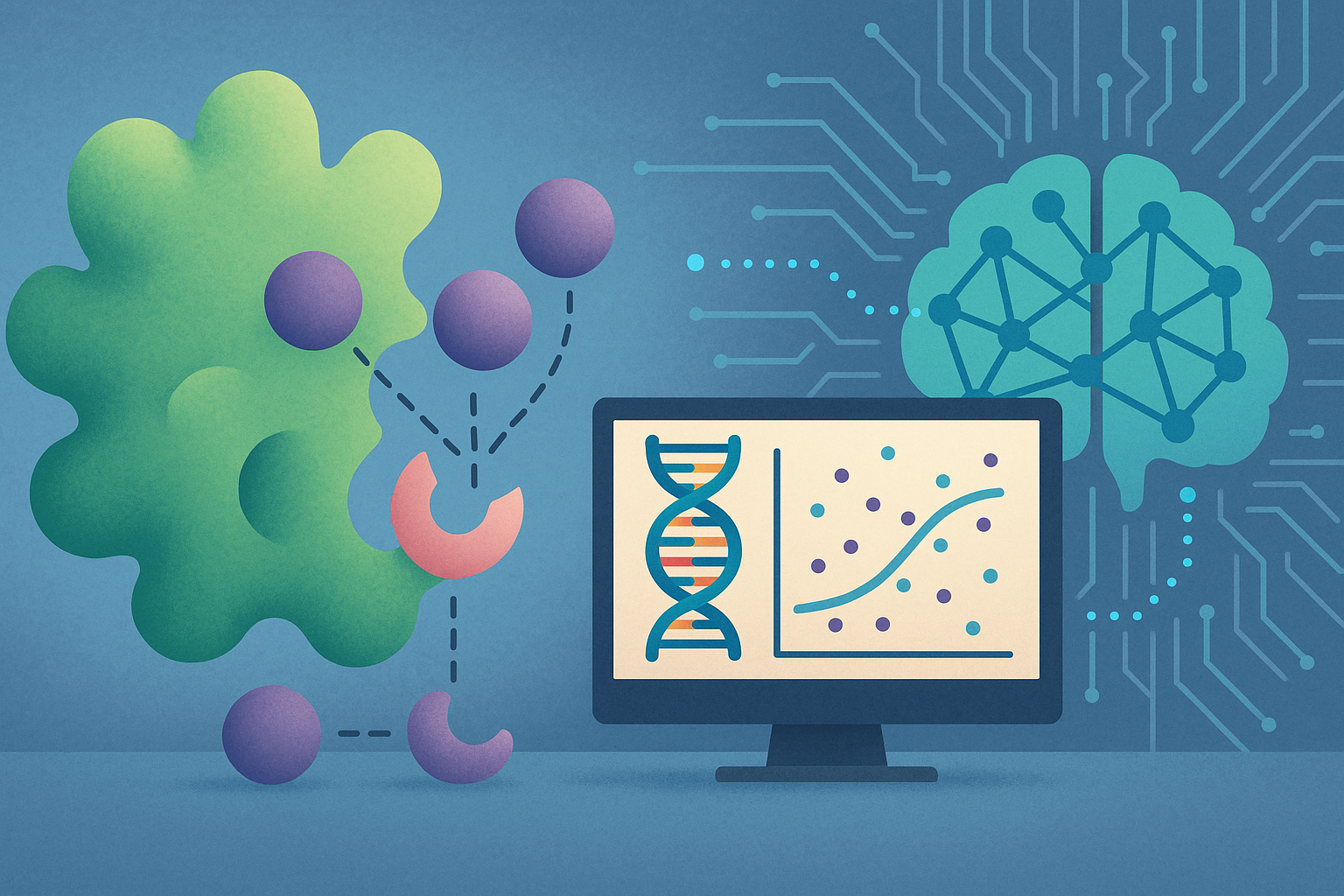About Me
Dr. Davit Potoyan is an Associate Professor in the Chemistry Department at Iowa State University. Davit’s research areas encompass computational chemistry, biophysics and science driven machine learning.
Why I Like My Research
I find research to be an exciting blend of curiosity and discovery, where each challenge provides an opportunity to push the boundaries of science. I particularly enjoy applying computational techniques to uncover new insights into complex molecular systems, ultimately contributing to both fundamental science and real-world applications.
Success in My Group
Success in my group is driven by collaboration, creativity, and a commitment to rigor. I encourage my students to take ownership of their projects, fostering a supportive environment where they can grow into independent, critical thinkers. Together, we aim to tackle challenging problems and produce impactful research.
Example Research Projects
Some of the research projects REU students can work on with me include:
Enzyme Screening using Machine Learning Models
A crucial aspect of enzyme design is the evaluation of potential candidates, which can be effectively achieved through high-throughput screening methods. This approach leverages the calculation of quantum mechanics (QM) and molecular mechanics (MM)-based properties for each enzyme candidate. In this project, we will first compute MM and QM/MM properties for a series of enzymes and subsequently train a machine learning (ML) model to replicate these properties. A key component of this process will involve optimizing reaction pathways to gain insights into the kinetics of enzymatic processes—a challenging task due to the complexity of chemical systems with numerous degrees of freedom. This complexity is further compounded by the influence of reaction conditions, such as temperature, pressure, and pH. The project will generate dynamic data for various enzyme reactions under different conditions, which will then be used to train an ML model to reproduce the simulated outcomes. Additionally, we will explore how these properties correlate with enzyme reactivity and investigate the potential for ML models to predict a more relevant set of properties. Ultimately, modifications to existing enzymes will serve as a testbed to evaluate the predictive power of our ML models.


